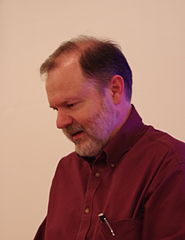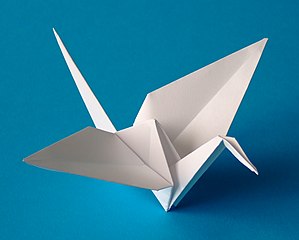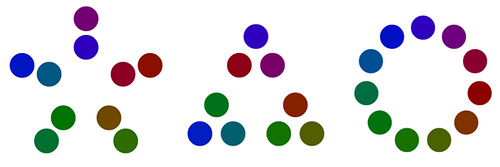Ted Talk: Robert Lang on the Mathematics and Magic of Origami
In the previous post, I have shared to you sites about origami or paper folding. Aside from these resources, I have also posted several examples of using it in the classroom. Several of these examples are introduction to the notion of proof, and getting the square root and cube root of a number. In addition, I have also shared a video using mathematics of origami to fold gift wraps minimizing wastage.

But origami is a lot more than the things you have read above. Today, the art is already used as a model for airbags and telescope in space. There is even a research for using it in devices that will be used in heart surgery. » Read more

